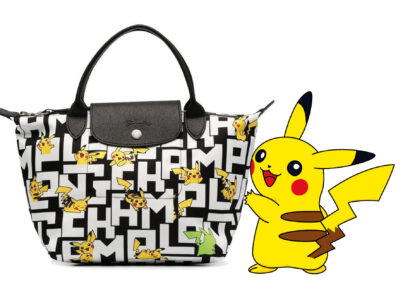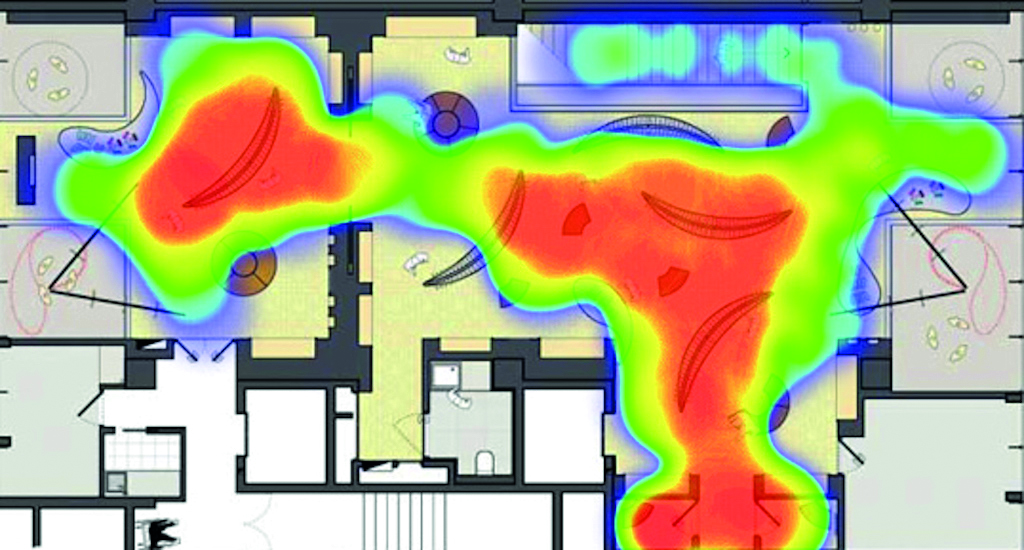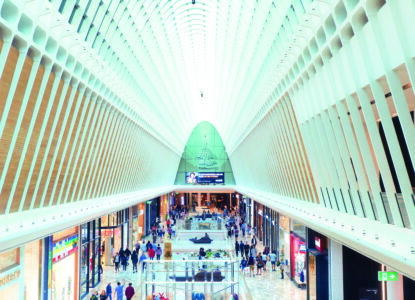
luxury conquers the no canal
Feared by luxury houses at the beginning, making most of them late adopters, the digital world is now a major and unavoidable axis of their ...
Our Expertise

Everyone knows about cookies, those little trackers that follow you on the internet, to understand you and offer you goods and services adapted to your behavior. Did you know that physical stores have similar tools?
You have probably noticed them, since the reopening of the shopping malls, those screens that tell you the number of visitors currently present in the mall, and tell you if the capacity is exceeded. This counting tool has been around for a few years, and is part of a range of tools, the purpose of which is to allow marketing to know the habits of consumers, their journey within the store, as well as their behavior within the store.
Overview
―
Counting
The simplest technique, and one of the least expensive, counting is used to measure the number of people in an area at a given time: it makes it possible to measure the attractiveness of a department as a function of the day, the time of day, and the time spent in each area of the shop/mall. Counting can be done using cameras, connected furniture (sensors integrated in the floor) or via a laser positioned at the entrance of the store.
―
The Follow-up Of The Course
Using wifi, bluetooth, or through small transmitters integrated into baskets and shopping carts, it is possible to follow the customer’s journey throughout his visit: where did he stop, what was his itinerary, what POS material caught his attention… This information allows us to understand the profile of our customers! Moreover, by using Bluetooth and Wifi technologies, it is possible to identify the same client over time thanks to a unique identifier emitted by the client’s phone, the MAC (media access control) addresses. In other words, to measure the evolution of the customer’s journey through the store over time, and to link the contents of the shopping cart to this unique identifier at the checkout. In this way, it is possible to have their purchase history at the time of checkout, and therefore offer them the discounts that are most likely to interest them. A loyalty card in short, but without personal information or registration…
―
Behavioral analysis
By using recent tools such as thermal imaging or 3D cameras in addition to existing cameras, it is possible to analyze the behavior of customers in front of a shelf: an AI will estimate your age, your gender and then use the images captured to identify your behavior in front of a shelf: have you taken in hand this new soap? Did you put it down after reading the list of ingredients? Did you pick up that package of cupcakes without looking at it? Or did you choose it after a thorough analysis of the rest of the shelf?
The artificial intelligence will be able to identify your behavior, your emotions and judge your interest in each promotion and each department.
The consolidation of these 3 types of information allows to enrich the shopper experience and the store revenues as well as the customer knowledge.
When you enter the store, it identifies you with your phone and remembers your last visit: you had hesitated for a long time to buy this pair of headphones, and you had finally put them down. Don’t worry, when you went to the checkout, a coupon was given to you, and a picture of these headphones will be displayed on the interactive screen in front of the door, at the very moment you enter the store…

Feared by luxury houses at the beginning, making most of them late adopters, the digital world is now a major and unavoidable axis of their ...

Scanning a barcode to know the composition of a product, reading other customers before choosing a restaurant, or comparing airfare prices, ...

From Christie’s sale of a piece of digital art for $69 million, to Jack Dorsey’s (co-founder of the Twitter platform) first twee...